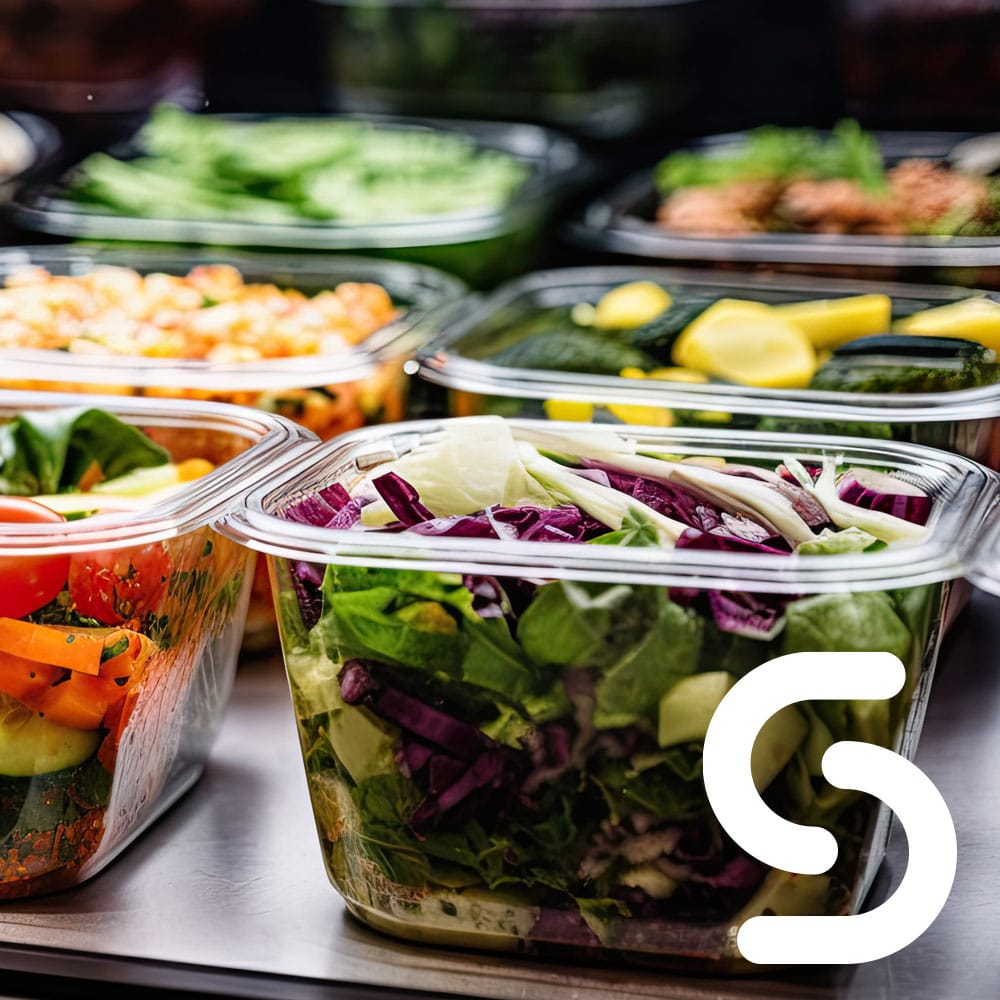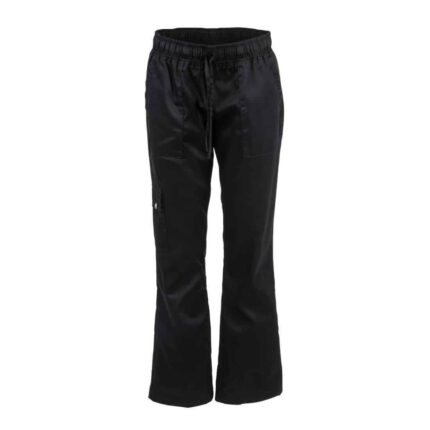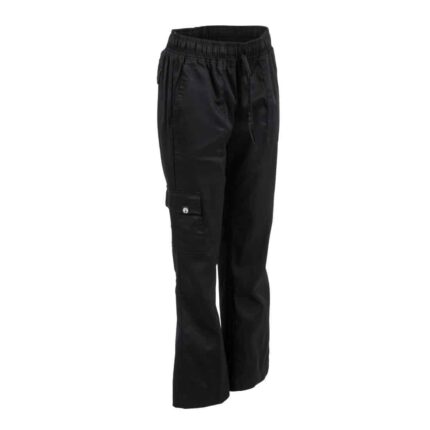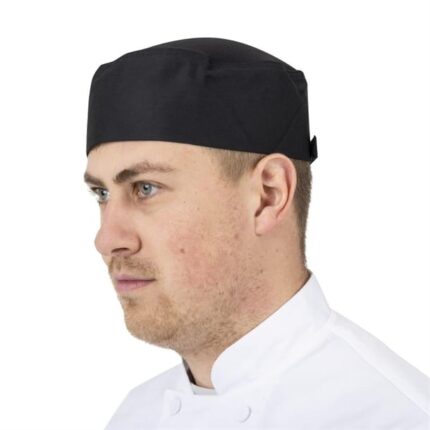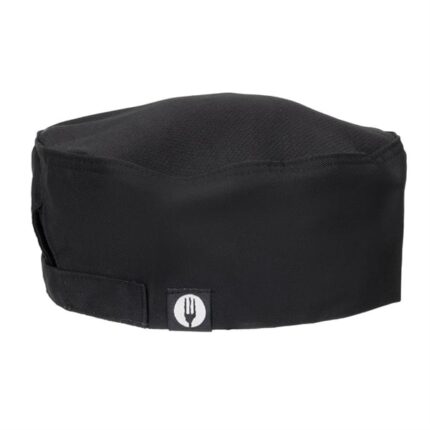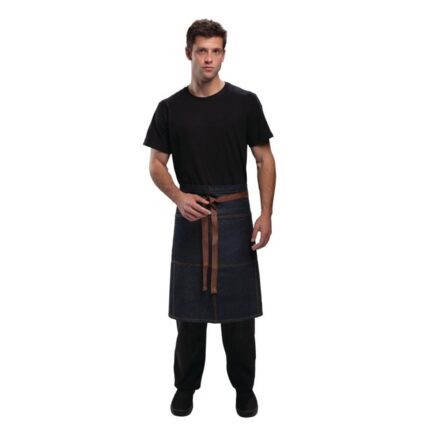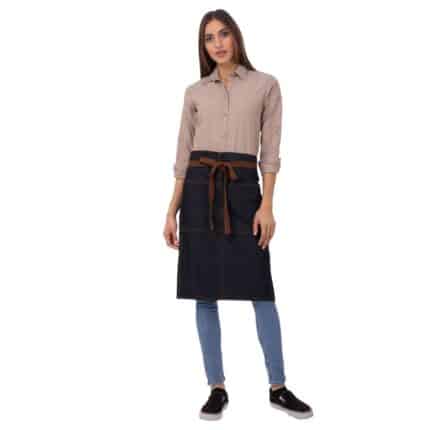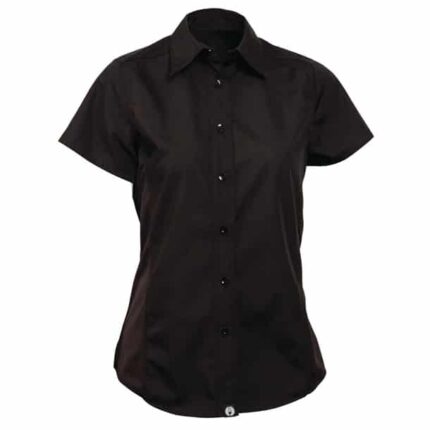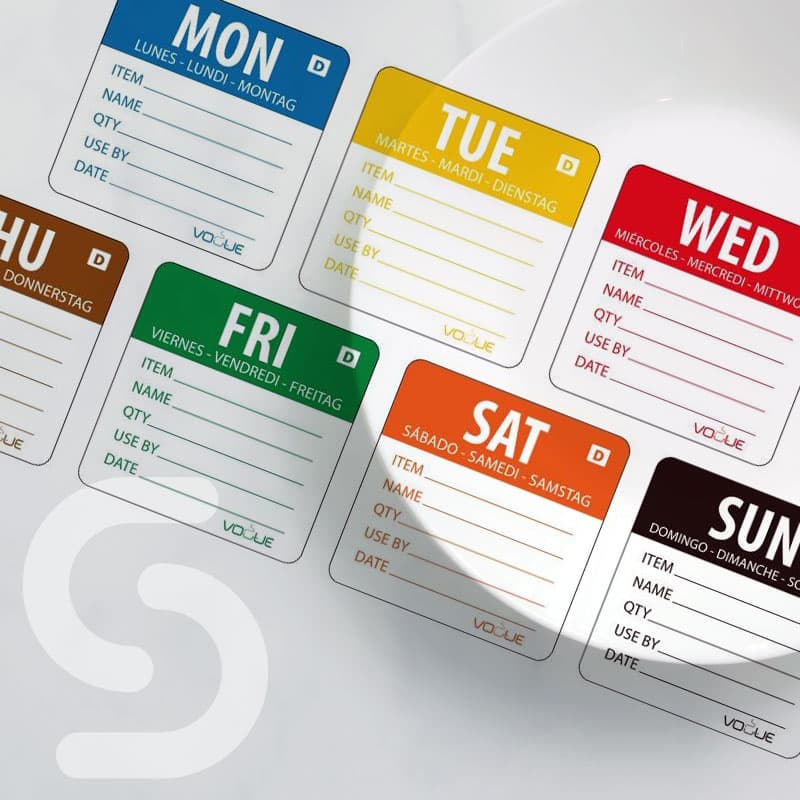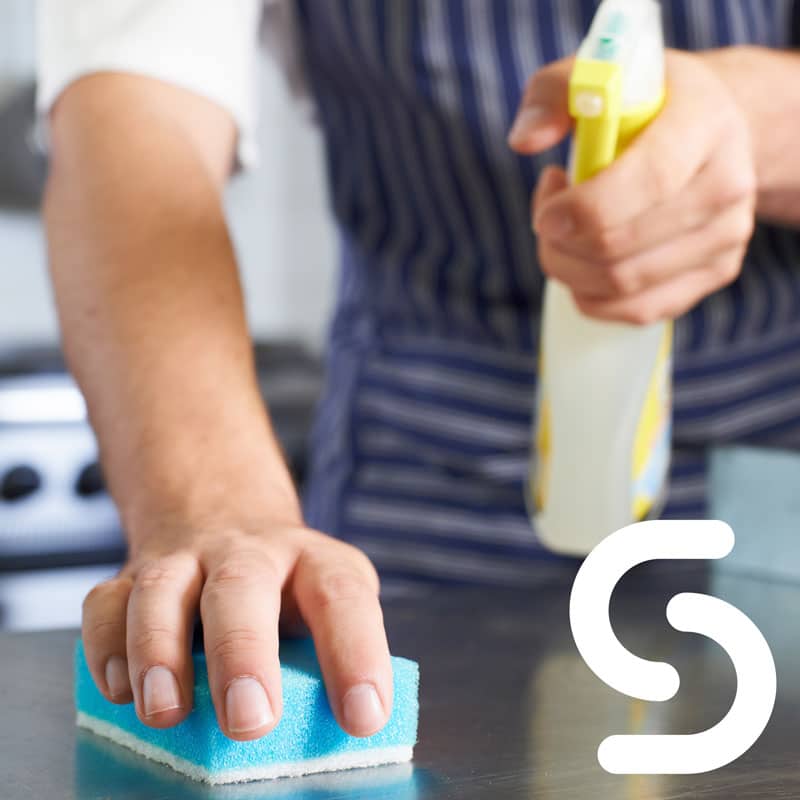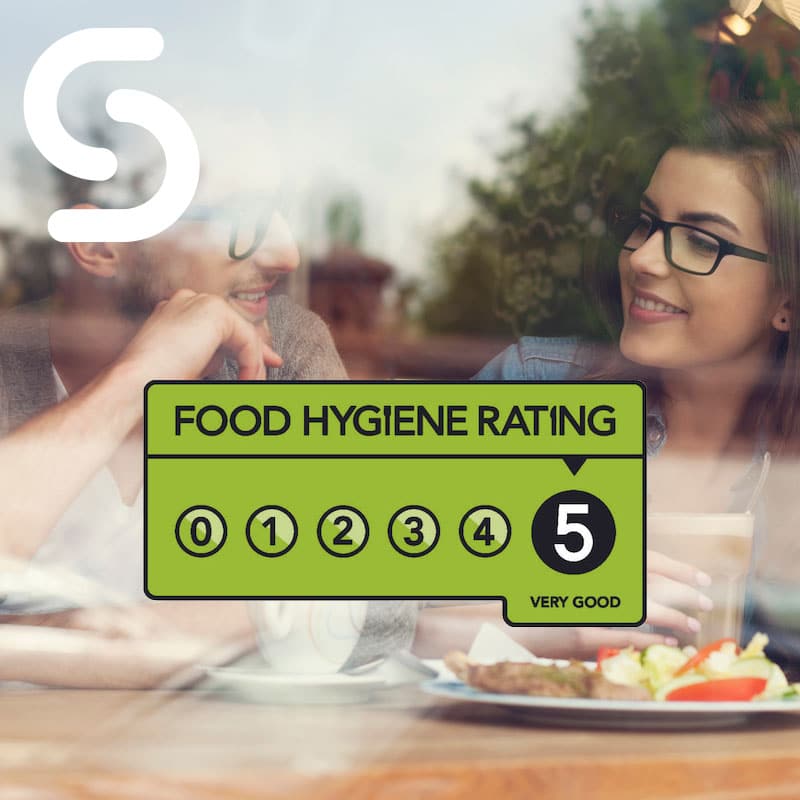Ensuring the safety of your food is crucial for a delightful and healthy eating experience, free from the risks associated with foodborne illnesses. This extensive guide explores vital aspects of food storage and temperature control, empowering you to create dishes that are not only delicious but also safe. You’ll discover essential techniques for maintaining appropriate temperatures for various foods, the effective use of food thermometers to avert food poisoning, and the confident handling of everything from raw meats to leftovers. Consider this guide in warding off harmful bacteria and preserving the integrity of your food, especially when you cook raw meat or prepare ready-to-eat foods.
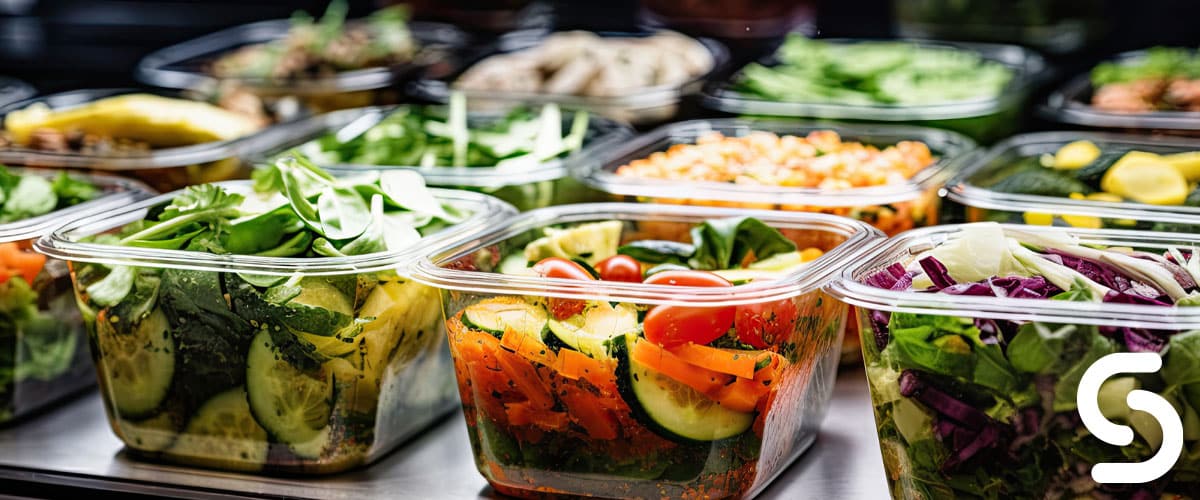
How to Master Cooking Temperatures: What Temperature Should Food Probe at?
Knowing the proper internal temperatures for different meats ensures safe cooking. Here’s what you need to know:
Meat Cooking Temperatures
- Poultry (Chicken, Turkey, etc.): Cook chicken breasts and other poultry to at least 73.9°C. Measure the temperature in the thickest part, avoiding bones, to kill harmful bacteria.
- Red Meat (Beef, Pork, Veal, Lamb): For meats like pork chops, aim for at least 62.8°C and rest for three minutes post-cooking, ensuring safety and better flavour.
- Ground Meat (Beef, Pork, etc.): These require a higher temperature of 71.1°C due to potential bacterial contamination during grinding.
Fish and Egg-Based Dishes Cooking Temperatures
- Seafood: Cook until it reaches 62.8°C. Adequately cooked fish will be opaque and flake easily.
- Egg-Based Dishes: Ensure firm egg dishes reach 71.1°C for safe consumption.
How Do you Work a Food Thermometer?
A reliable food thermometer is vital for accurate temperature readings. Here’s how to use it correctly:
- Selecting a Thermometer: Choose digital or instant-read types, ensuring they are calibrated per manufacturer instructions for accurate readings.
- Correct Placement: Insert the thermometer into the thickest part of the meat, away from bones. For thin slices, insert it sideways.
- Reading Accuracy: Give the thermometer time to stabilise for a consistent reading to ensure your meat is safely cooked and has met the safe minimum internal temperature.
- Checking Different Areas: Check temperatures in multiple spots to confirm even cooking for more significant cuts.
What is the Best Way to Store Food in a Restaurant?
Proper storage is crucial to prevent foodborne illnesses. Remember these tips:
- Cooling Before Refrigeration: Let hot foods like cooking meat reach room temperature within two hours before refrigerating to inhibit bacterial growth.
- Using Airtight Containers: Store leftovers in sealed containers to keep them fresh and avoid cross-contamination, which is especially important for storing food like ready-to-eat foods.
- Labelling Leftovers: Mark food preparation dates on containers to track food freshness. Consume or freeze leftovers quickly.
- Correct Reheating: Reheat leftovers to the right temperature, checking with a thermometer for safe consumption.
- Setting Appliances: Keep refrigerators below 4.4°C and freezers at -17.8°C or colder for optimal food storage.
Here’s How these Practices can Positively Impact Restaurants
Improved Food Safety
The hospitality industry can significantly minimise the likelihood of foodborne illnesses through meticulous adherence to precise cooking temperatures and storage methods, improving your Food Hygiene Ratings.
Elevated Food Quality
Maintaining precise temperature control throughout the cooking and storage processes preserves culinary creations’ delectable flavours, textures, and nutritional value. Cooking meat to perfection guarantees safety and augments its taste and tenderness.
Adherence to Health Regulations
The unwavering commitment to these protocols enables hospitality establishments to comply fully with local health and safety regulations. This compliance proves vital in avoiding legal entanglements and upholding a positive relationship with health inspectors and regulatory bodies.
Minimised Food Waste
Proficient food storage practices, including using airtight containers and accurate labelling of leftovers, effectively curtail food wastage. This reflects environmental responsibility and yields economic benefits for the hospitality sector.
Heightened Customer Trust and Satisfaction
Patrons are more inclined to trust and revisit establishments prioritising food safety. This trust is fostered through consistent adherence to food preparation and handling standards, resulting in increased customer satisfaction and loyalty.
Conclusion: The Art of Safe and Enjoyable Dining
Following these storage and temperature control guidelines is essential for ensuring the safety and enjoyment of your meals. With a dependable thermometer, adherence to recommended cooking temperatures, and careful storage practices, you are well-prepared for a safe and enjoyable culinary experience. Remember, practising food safety is not just a procedure; it’s a fundamental aspect of a delightful dining experience.
Buy Chefswear at Smart Hospaility Suppiles
As we’ve explored the intricacies of practical food storage and temperature checks, it’s clear that every detail counts in running a smooth, safe and successful kitchen. Speaking of more information, the proper attire for your kitchen staff is just as crucial. If you’re looking for high-quality chef clothing that combines functionality, comfort, and style, look no further than Smart Hospitality Supplies. Our range of chef wear is designed to meet the demanding needs of the hospitality industry, ensuring your team looks professional and works efficiently and safely. Explore our collection today and find the perfect fit for your kitchen’s unique needs.
